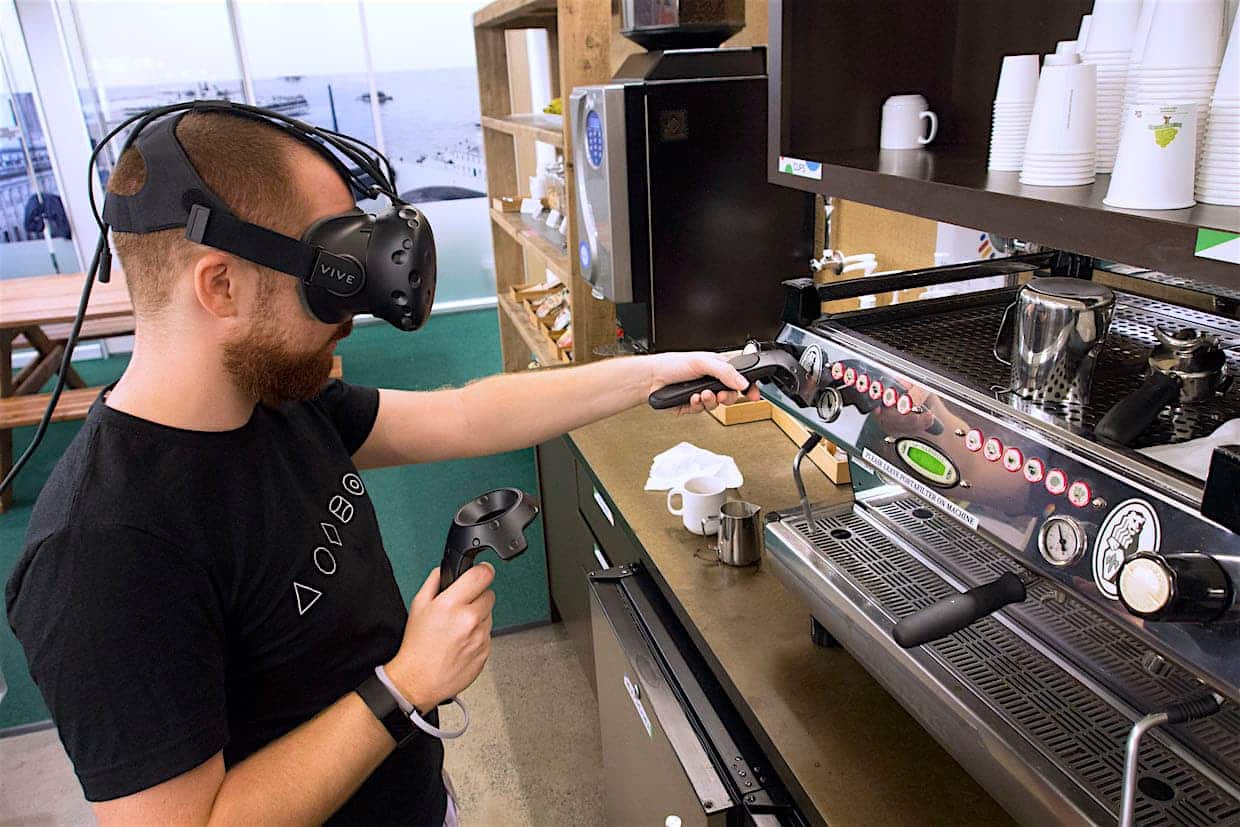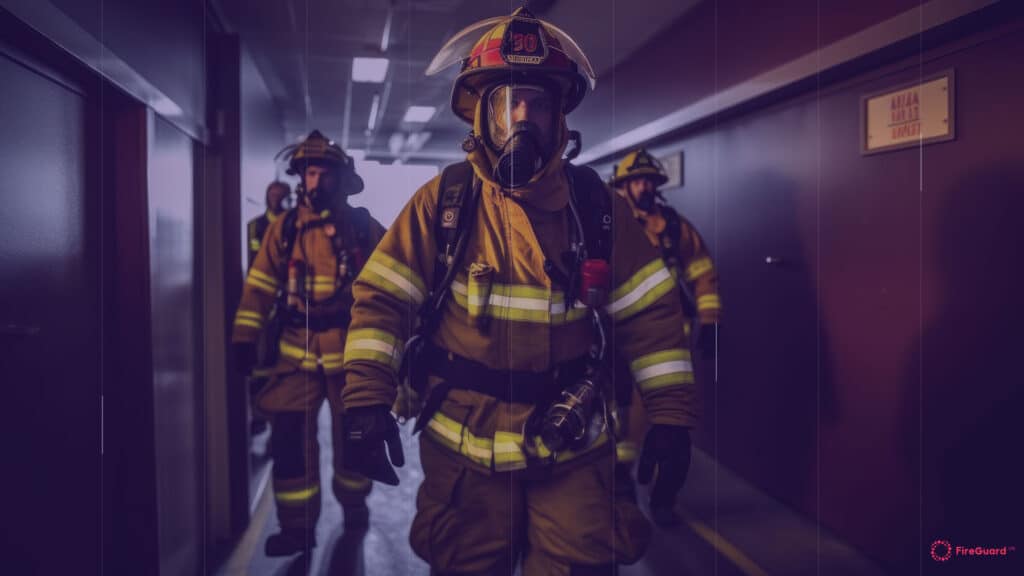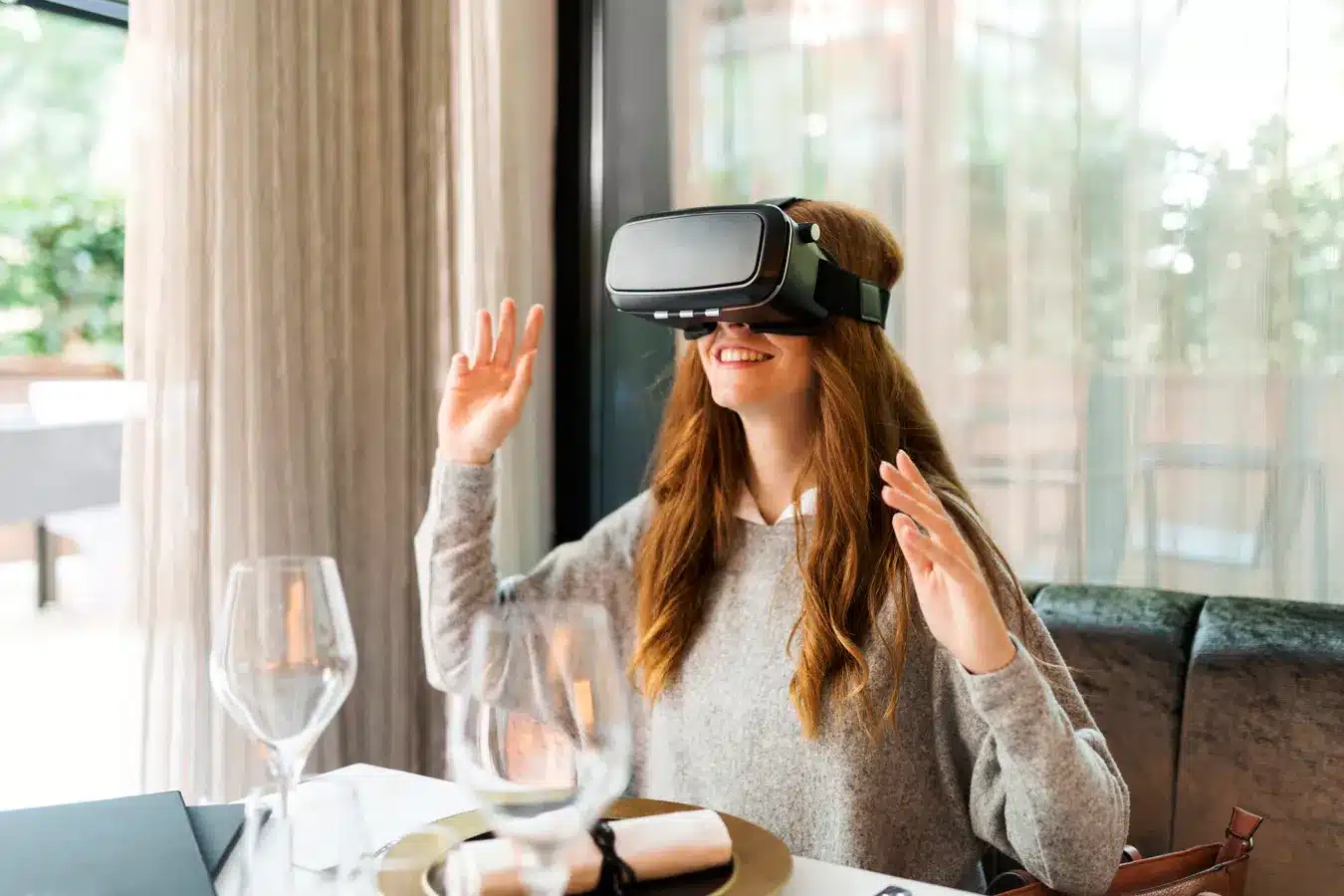Hotels together with restaurants must ensure fire safety because their flammable materials and electrical appliances and open flames create multiple dangerous conditions. Complete traditional fire prevention education remains successful although it fails to create realistic experiences that captivate learners. Virtual Reality (VR) training provices the solution to this problem. VR fire extinguisher training enables employess to practice handling different fire scenarios, learing how to use extinguishers correctly in a safe and controlled environment. This makes learning more immersive, practical, and effective in preparing staff for real-life fire emergencies.
The Need for Advanced Fire Prevention Training
Statistis show that fire hazards in the hospitality industry are common and costly. According to the American Insuring Group, Cooking equipment is the leading cause of restaurant fires, accounting for 61% of fires (three out of five), 74% of injuries, and 38% of direct property damage. Human mistake involving improper kitchen equipment use or inadequate fire safety procedure execution remains among the primary reasons behind such events.
Laboratories research has shown that reading manuals together with video viewing as traditional training methods generally do not effectively engage employees. Fire safety information retention among many workers is insufficient because it causes them to provide incorrect or delayed reactions in emergency situations. The implementation of VR technology enables trainees to deal with authentic fire situations while conducting correct response exercises through interactive learning methods.
How VR Enhances Fire Prevention Training
1. Realistic Fire Simulations Without Risk: The VR training protocol positions employees at realistic fire dangers with virtual settings which require them to move through obstructed areas and detect threats while correctly handling fire extinguishers. Training systems duplicate urgent emergency conditions which assist workers in developing their ability to control panic while making fast choices.
Through virtual reality training hotel and restaurant staff can encounter fire situations which include both kitchen grease fires and electrical maintenance fires and guest rooms fires originating from carelessness. Virtual reality training gives hotel employees encounter various emergency scenarios so they become prepared when facing real-world situations.
2. Engagement and Retention Boost: Research demonstrates that VR training enhances student learning persistence to the point it reaches 75% beyond traditional institutional methods. Active learner engagement becomes possible thanks to VR because it actively involves participants beyond passive studying methods.
Active employee learning takes place in VR systems since workers must respond to dangerous scenarios while taking decisions in the same timespan as actual conditions. The practical training method better understands fire situations while building fire-management skills.
3. Cost-Effective and Scalable Solution: Implementing Virtual Reality training systems at first demands capital expenditure but ends up saving expenses for both instructor recruitment and actual drills. The developed VR modules serve as a scalable solution because they enable repeated training across multiple hospitality chain locations.
Real-fire drills interrupt both business operations and produce economic losses and create guest disruptions. The elimination of disturbance during training sessions occurs through virtual reality training because employees can complete their training during low-demand periods.
4. Immediate Feedback and Performance Tracking: VR training delivers real-time evaluation of employees that is absent from traditional assessment practices which depend on tests and supervised drills. The system delivers right-away performance evaluations about employees’ implementation of fire evacuation procedures and their usage of firefighting tools during anxiety-inducing scenarios.
The software system evaluates performance markers that include response durations together with accurate choice-making and proper methods of fire suppression. Managers obtain performance insights through this data for employee improvement assessment to tailor upcoming training sessions specifically.
Implementing VR Fire Prevention Training in Hotels & Restaurants

1. Choose the Right VR Training Program
Organizations operating in hospitality should pick VR fire safety trainers who provide specialized high-quality simulations for their industry. Several firms create customized VR solutions that fit individual hotel and restaurant establishments as they deliver appropriate safety scenarios and adhere to fire regulations.
The VR training must incorporate lessons about fire extinguisher operations with schooling on safety evacuation routes along with learning alarm procedures and hazard recognitions. A detailed training program enables employees to better prepare for actual situations because of their advanced preparation.
2. Integrate VR with Existing Safety Protocols
Virtual Reality training must function as an addition to current fire safety protocols. The implementation requires matching virtual scenarios to current emergency response plans to enable employees to bridge virtual training with actual incidents.
Hotels and restaurants need to ensure their Virtual Reality training meets all local fire safety laws or will face compliance problems and staff will not receive necessary certification.
3. Schedule Regular Training Sessions
The effectiveness of VR fire training depends on it not occurring as a solitary session. Hotels must organize periodic refreshment classes for their team to maintain their training in fire management skills.
VR fire training becomes mandatory for new hiring employees during their organizational onboarding and all staff members need yearly refreshers to maintain their fire response capabilities.
4. Gather Feedback and Improve Training Modules
Obtain feedback from participants after each VR training session takes place. Observe which problems employees encountered within the simulations to modify training programs effectively.
The implementation of artificial intelligence analytics systems enables VR training to adapt the educational content specifically for individual employees. AI tracks employee performances to provide improvement suggestions which leads to sustained educational development.
Future of VR in Hospitality Fire Safety

The evolution of VR technology will provide better fire safety training solutions for the future. Future versions of the system will benefit from AI-powered fire simulation software in combination with real-time performance evaluation capabilities and joint VR training capabilities that support entire hotel staff participating in virtual fire drills.
Augmented reality training allows employees to receive digital instructions during real-world fire safety operations that combine virtual training with practical protocols to reach peak efficiency.
Conclusion
The purchase of virtual reality fire prevention training represents a transformative solution for hotels together with restaurants. The implementation of VR delivers better employee readiness and increases workforce stability while lowering operational expenses and above all ensures human safety. The adoption of modern VR technology by the hospitality industry marks a strategic move toward making clever decisions about fire safety procedure development.
You can check out this blog to learn more about “VR Safety Trainings in Refineries: Helping Reduce Errors.“


